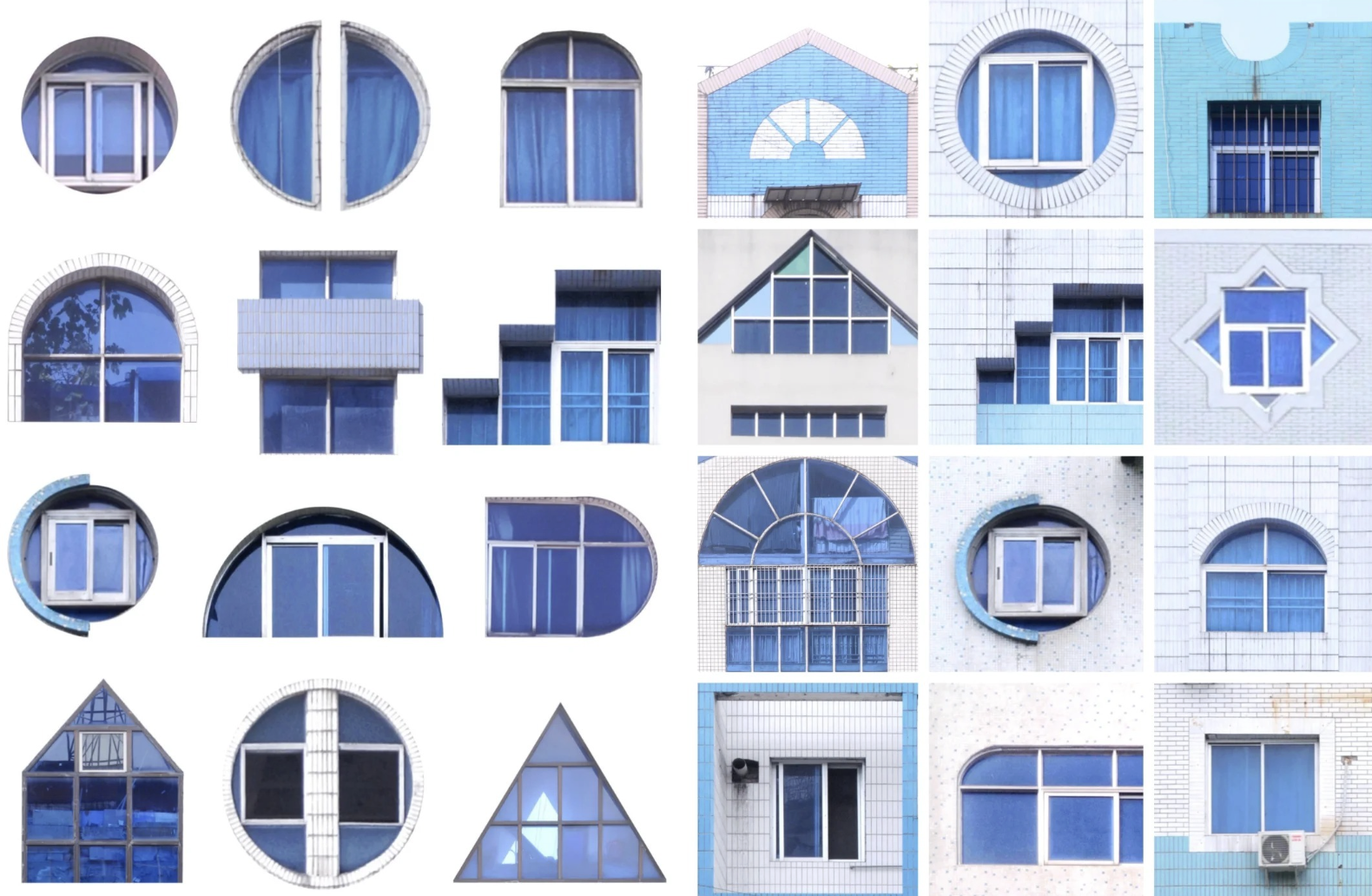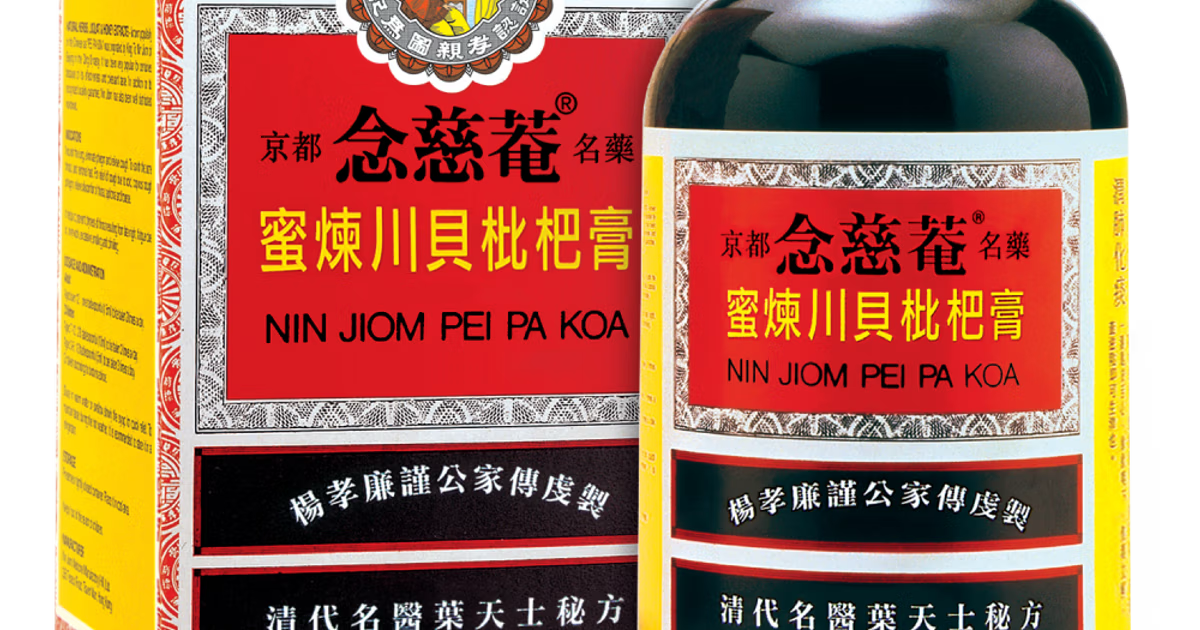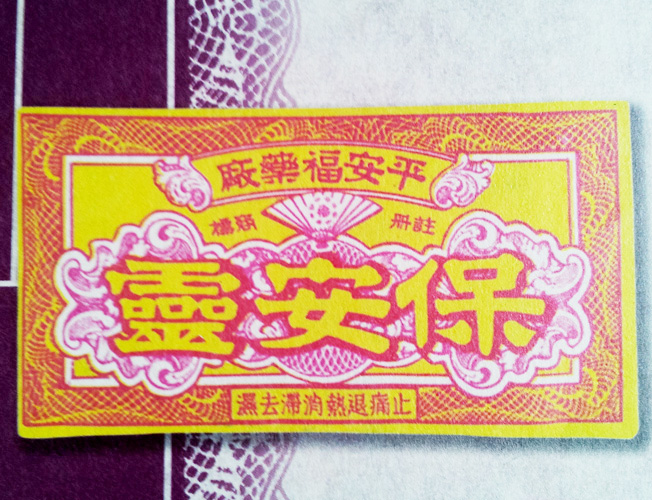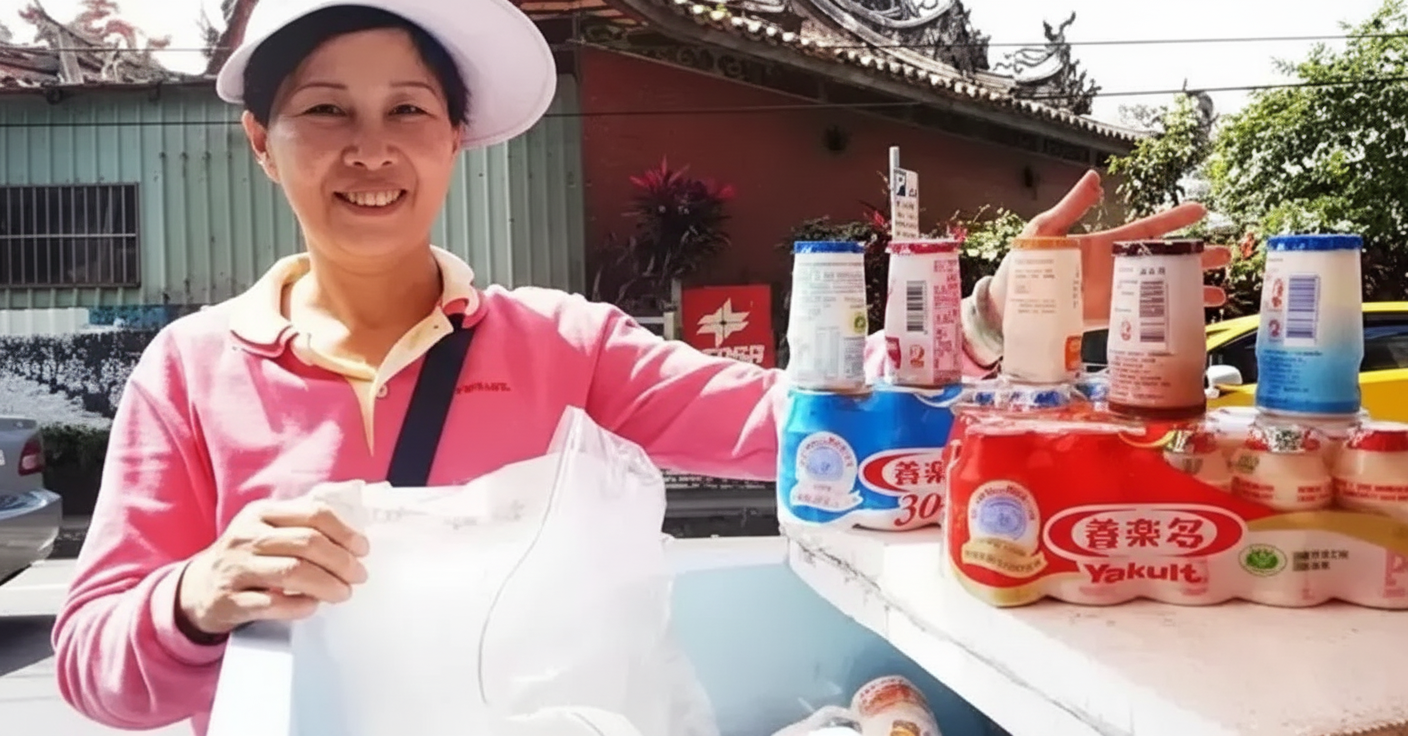TCM Explained is a series in which experts and practitioners break down the inner workings of traditional Chinese medicine, in their own words.
It’s often pretty easy to figure out that you’re sick. Whether it’s stabbing pains, a fever or dizzy spells, your body often clearly expresses that fact. The difficulty lies in figuring out why you’re sick — organizing these signs and symptoms into a diagnosis that medicine can treat.
Chinese medicine physicians divide the process of diagnosis into four parts: wang (望), looking; wen (闻), smelling and listening; wen (问), asking; and qie (切), touching. Doctors like Dr. Liu — who receives patients in the nephrology division of the BUCM Third Affiliated Hospital in Beijing — will put each of their five senses to use in assessing a patient’s ailments. In a typical visitation, she will take a patient’s pulse, observe their coloration, ask questions about their symptoms, and note the sound of their speaking voice as well as any unusual bodily odors.
Related:
 Taking Pulses, Knowing BodiesArticle Aug 06, 2017
Taking Pulses, Knowing BodiesArticle Aug 06, 2017
Sometimes, however, Dr. Liu’s consultations will go a little differently.
Patient Ms. Fan is actually feeling just fine, but her daughter Chenxi, a twentysomething with a busy work life and diabetes, is a little under the weather — and, unfortunately, unable to take time off to go to the hospital. Instead, she sends her mother a tongue selfie, which Dr. Liu inspects carefully before handing the phone back to Ms. Fan. Dr. Liu asks about Chenxi’s bowel movements, which Ms. Fan relays to her daughter in a WeChat voice message that Chenxi hopefully has the presence of mind not to play in public. “Loose stools,” she reports back to Dr. Liu, who nods and begins to write Chenxi’s prescription.
We’re used to emphasizing the “tradition” of traditional Chinese medicine (or TCM), establishing a contrast with biomedicine that gives it a down-to-earth mystique. This comparison extends to diagnostics. Whereas biomedicine utilizes an array of refined technologies that produce perspectives hidden to the naked eye, for instance, Chinese medicine trains its gaze, free of technological enhancement, onto subtle patterns of disorder in the body.
Related:
 We Need to Change the Way We Talk About Traditional Chinese MedicineArticle Jun 28, 2017
We Need to Change the Way We Talk About Traditional Chinese MedicineArticle Jun 28, 2017
Chenxi’s diagnosis demonstrates, however, that by no means has Chinese medicine stayed steadfastly analog in the digital age. Patients bring in pictures of bedridden family members’ swollen legs, flushed faces, and tongues in search of medical opinions. Video calling allows companies like Xiao Lu Yi Guan (小鹿医馆) to offer online diagnosis and treatment in collaboration with accomplished physicians. Personalized herbal prescriptions arrive at a patient’s door with all the efficiency and convenience of a Taobao order.
Officials at Xiao Lu Yi Guan note that taking diagnosis online extends access to high-quality medical treatment to patients from remote areas, where resources are scarce. Similarly, patients immobilized by disease have the chance to receive medical attention without the hassle of leaving their homes. Patients who travel long distances to consult with famous physicians — the family from Sichuan, for example, inspired by Dr. Liu’s appearance on a well-known medical advice show to make the trip out to Beijing — can use online consultations to renew prescriptions or check in on their recovery process without breaking the bank on plane tickets.

Medical app Xiao Lu Yi Guan (小鹿医馆)
But online consultations necessarily leave out part of the process: there’s no app in existence that can convey the feeling of the pulse beneath your fingers.
Without touch, the diagnostic puzzle remains incomplete — though not impossible to solve.
For this reason, some doctors emphasize that online platforms are best used for follow-up consultations and prescription adjustments, which build from a complete in-person examination.
Though classical texts remain central to Chinese medicine knowledge and practice, present-day Chinese medicine is already far removed from its ancient past. Physicians who embrace the possibilities of digital diagnosis must navigate tensions between tradition and innovation, altering an established diagnostic process in order to serve a wider population of patients.
















